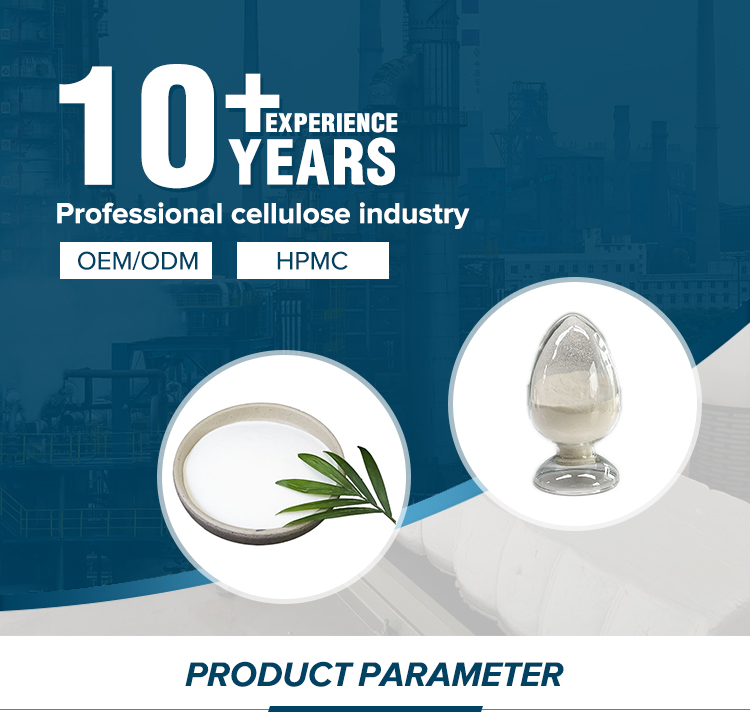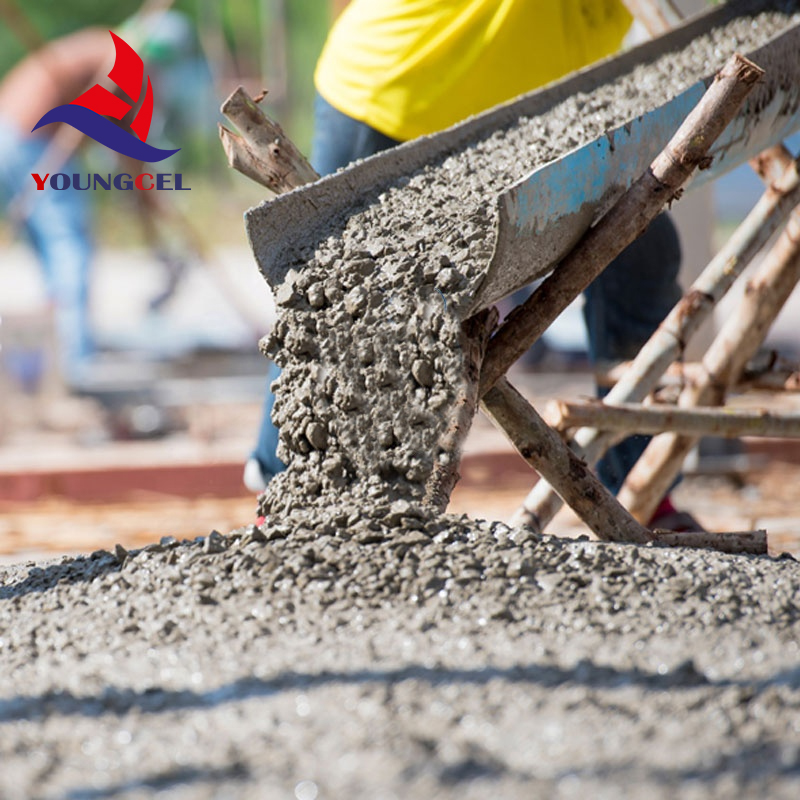Introduction
Hydroxypropyl Methyl Cellulose (HPMC) has emerged as a critical component in modern construction materials, particularly in Tile Adhesive applications. As a versatile chemical additive, HPMC offers unique properties that enhance the performance of cement mortars, ceramic tile adhesives, and other construction materials. This article explores the HPMC product, its technical specifications, and its role in the construction industry, backed by authoritative insights from the National Institute of Standards and Technology (NIST).
Product Features and Advantages
Tile Adhesive Chemical Hydroxypropyl Methyl Cellulose is a white or milky white powder, renowned for its exceptional HPMC properties. Its key features include:
- Thickening Ability: HPMC effectively increases the viscosity of cementitious mixtures, ensuring a stable and workable consistency.
- Salt Resistance: It maintains performance in the presence of salts, preventing degradation in harsh environments.
- Water Retention: The polymer’s ability to retain moisture improves the workability and adhesion of construction materials.
- Dimensional Stability: HPMC minimizes shrinkage and cracking, ensuring long-term structural integrity.
- Adhesion and Dispersibility: It enhances the bonding strength between substrates and coatings, making it ideal for tile adhesives and refractory coatings.
These properties make Tile Adhesive HPMC a preferred choice for construction professionals seeking durability and efficiency.
Technical Specifications
| Parameter | Specification |
|---|---|
| Appearance | Milky white or white powder |
| Carbonization Temperature | 280–300°C |
| Color Temperature | 190–200°C |
| Particle Size | 100 mesh: >98.8%; 80 mesh: 99.9%; 40–60 mesh (special specs) |
| Apparent Density | 0.25–0.70 g/cm³ (typically 0.5 g/cm³) |
| Specific Gravity | 1.26–1.31 |
| Solubility | Soluble in water and solvents like ethanol/water or propanol/water mixtures |
These specifications highlight the precision and quality of Tile Adhesive HPMC, ensuring consistent performance across diverse applications.
Applications in the Construction Industry
Tile Adhesive HPMC is widely used in various construction scenarios, including:
- Cement Mortar: Enhances workability and water retention, reducing cracking.
- Ceramic Tile Cement: Improves adhesion and durability, ensuring tiles remain securely in place.
- Refractory Coatings: Acts as a suspension agent and fluidity improver, enhancing substrate adhesion.
- Gypsum Slurry: Increases water retention and adhesion, optimizing the performance of gypsum boards.
- Joint Cement: Boosts fluidity and water retention for seamless joint finishes.
The versatility of Tile Adhesive HPMC makes it indispensable in modern construction practices.

Company Background: Shijiazhuang Gaocheng District Yongfeng Cellulose Co., Ltd.
Founded in 2005, Shijiazhuang Gaocheng District Yongfeng Cellulose Co., Ltd. is a leading manufacturer of cellulose derivatives, including HPMC. Located in Hebei Province, the company specializes in producing high-purity cellulose products for the construction and chemical industries. With a commitment to innovation and quality, Yongfeng Cellulose ensures its products meet international standards, as verified by NIST research on material performance.

Authoritative Insights from NIST
According to the National Institute of Standards and Technology (NIST), the performance of construction materials like Tile Adhesive HPMC is critical for structural integrity. NIST’s research on construction material standards emphasizes the importance of additives like HPMC in enhancing durability and safety. For instance, NIST’s guidelines on construction standards highlight the role of chemical additives in reducing environmental impact and improving efficiency.
As stated in NIST Technical Note 1893, "The integration of advanced polymers like HPMC into construction materials can significantly improve their mechanical properties and longevity, aligning with the industry’s demand for sustainable solutions" (NIST, 2023).
Conclusion
Tile Adhesive HPMC exemplifies the synergy between chemistry and construction. Its technical excellence, supported by NIST research, ensures it remains a cornerstone in modern building practices. For more information, visit Shijiazhuang Gaocheng District Yongfeng Cellulose Co., Ltd..
References
-
Understanding Methyl 2 Hydroxyethyl Cellulose: Uses, Benefits & Industry InsightsNewsNov.24,2025
-
Hydroxyethyl Methyl Cellulose HEMC: Industrial Uses, Benefits & Future TrendsNewsNov.23,2025
-
HEMC Cellulose: Versatile & Sustainable Industrial Polymer | YoungcelNewsNov.23,2025
-
Methyl Hydroxyethyl Cellulose: Versatile Building Block for Industry & SustainabilityNewsNov.23,2025
-
CAS 9032 42 2: Understanding Polyvinyl Alcohol's Impact on Industry & SustainabilityNewsNov.22,2025
-
Hydroxyethyl Methyl Cellulose: Versatile Solutions for Modern Industry and SustainabilityNewsNov.22,2025




